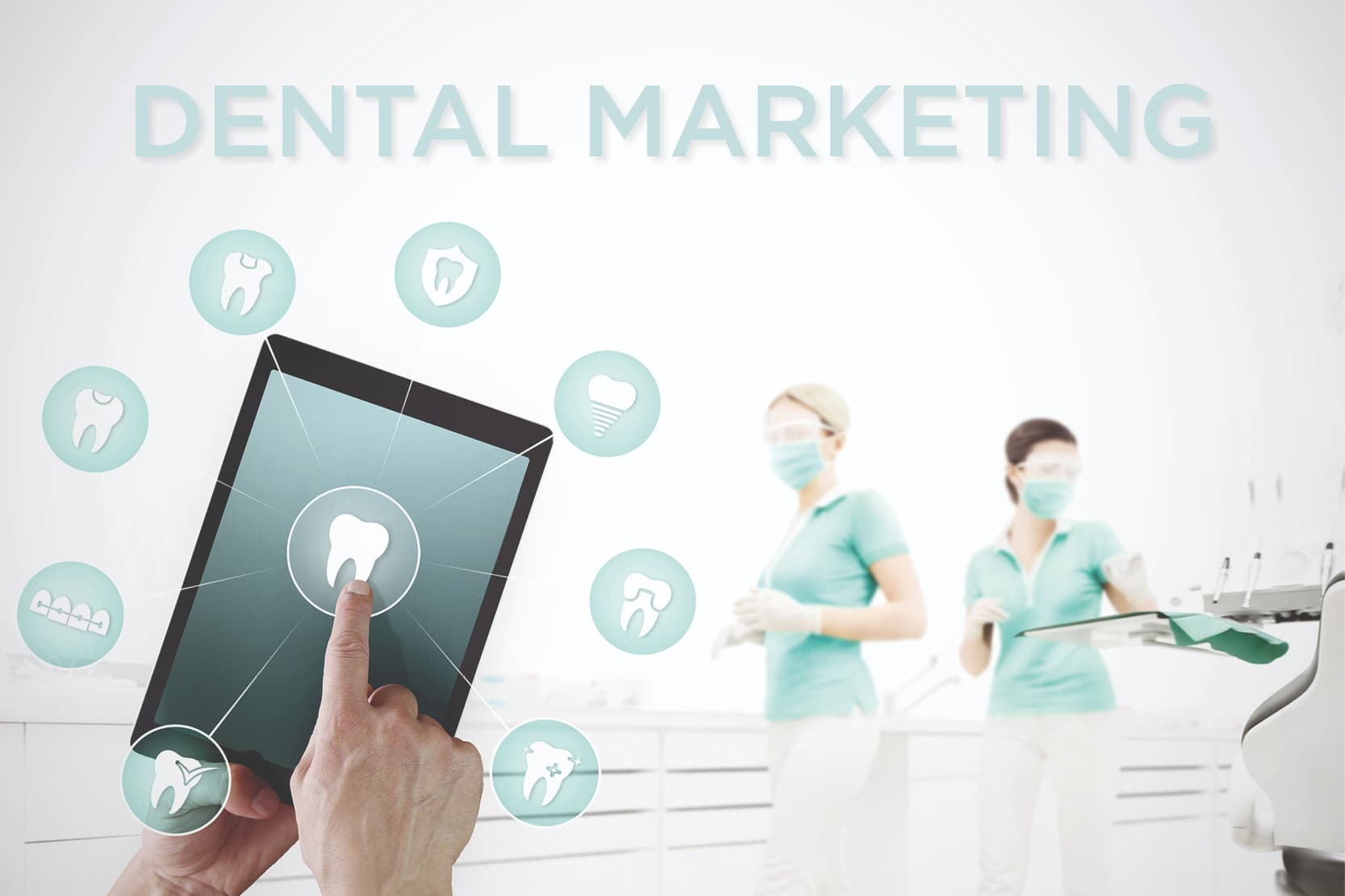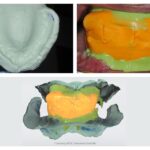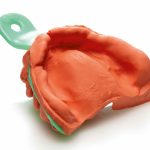12
Jan
Web Marketing in the dental sector: how to communicate effectively with today’s patients

Nowadays, marketing is an extremely important aspect of all professions, including dentistry.
According to a somewhat primordial definition, marketing consists in the identification and profitable satisfaction of human and social needs [1], thereby identifying a purpose to this activity.
According to the American Marketing Association, marketing is “the activity, set of institutions, or processes for creating, communicating, delivering, and exchanging offerings that have value for customers, clients, partners, and society at large” [2].
Marketing in dentistry
Translating it into the world of dentistry, marketing can be defined as the set of all those activities carried out in a dental practice in order to bond with patients. Marketing is therefore considered as a set of processes that allows us to appear in a certain way in the eyes of our patients. It is the way in which dentists promote their business.
In the past, in the medical/dental sector this “managerial” aspect was not considered particularly important within the professional context.
As a matter of fact, dentists once practised their profession without worrying too much about having a website, running social media campaigns, or the indirect aspect of communication with patients. An advert in a local paper was one of the greatest efforts dentists made to make themselves known in an indirect manner.
At the same time, patients did not use the internet as the first resource for obtaining information on whatever problems they might have [3].
Nowadays, this is certainly no longer sufficient, especially for dentists who introduce themselves and their practice into the current professional setting.
The importance of web marketing for dentists
The plethora of dental practices and clinics that have sprung up in recent years and the decrease in demand (due to greater attention to oral hygiene and prevention on the part of the general public), together with the hyperspecialisation of the profession (once upon a time we only had general dentists, whereas now we have endodontists, prosthodontics specialists, surgeons, etc.) have changed dentists’ way of working and planning.
In addition, given the high exposure to the Internet[4], social media and other very direct and accessible sources of information, new patients already know who the dentists are before setting foot in a practice.
Hence the need for modern dental practices to implement a different kind of marketing from that used in the past and based solely on “word of mouth” from patients, which nevertheless is still the main driving force for bringing in new patients.
It is therefore important to have a marketing plan that allows us to reach not only our own patients, but also those who could potentially need and look for us using the new communication channels.
Dentists have to be present on the Internet, with a practice website, and on social media, which can be used to keep communication with patients active[5]. Dentists should develop and follow their online presence carefully, because being present but not active on online platforms does not send positive signals to observers[6].
The skills required for effective dental marketing
The advertising campaigns and the tools used until now by dentists do not seem consistent with what patients look for and with what they consider effective[7].
These matters, which until a short time ago were unthinkable for a dentist, require a dedicated professional such as a digital specialist or a social media manager. These are professionals who are familiar with the dynamics of the Internet and the functioning of the main search engines, which can guarantee the practice website visibility on the Internet through targeted and specific advertising campaigns[8].
Within this context, dentists have to know how to act in order to survive in an increasingly turbulent market full of pitfalls, but that also brings a great many opportunities.
In this sense, the marketing put in place by dentists is the essential weapon for establishing themselves and continuing to be the reference point for present and future patients.
References
[1] Kotler P, Keller KL, Ancarani F, Costabile M. MARKETING MANAGEMENT 14/E. Pearson; 2014.
[2] American Marketing Association, “Definition of Marketing”, www.marketingpower.com/AboutAMA/ Pages/ DefinitionofMarketing.aspx, 2007; Lisa Keefe, “Marketing Defined”, Marketing News, January 15, 2008, pp. 28-29., n.d.
[3] Gamer S, Tuch R, Garcia LT. M. M. House mental classification revisited: Intersection of particular patient types and particular dentist’s needs. J Prosthet Dent 2003;89:297–302.
https://doi.org/10.1067/mpr.2003.49.
[4] Richards B, Colman A, Hollingsworth R. The current and future role of the internet in patient education. Int J Med Inf 1998;50:279–85. https://doi.org/10.1016/S1386-5056(98)00083-5.
[5] Libri: Il dentista tra lavoro e vita n.d. https://www.tizianocaprara.com/index.php/home/prodotti-formativi/libri/ceg-3-30-1003-detail (accessed November 7, 2022).
[6] Migliorati M. La comunicazione odontoiatrica nell’era dei new media. Dent Cadmos 2016;84:16–29. https://doi.org/10.1016/S0011-8524(16)30008-3.
[7] Clow KE, Stevens RE, McConkey CW, Loudon DL. Attitudes of Dentists and Dental Patients Toward Advertising. Health Mark Q 2007;24:23–34. https://doi.org/10.1080/07359680802125790.
[8] Il Social Media Manager. Un collaboratore da creare all’interno dello studio | Odontoiatria33 n.d. https://www.odontoiatria33.it//gestione-dello-studio/14954/il-social-media-manager-un-collaboratore-da-creare-all-interno-dello-studio.html (accessed November 11, 2022).
Do you want more information on Zhermack Dental products and solutions?
Contact us




 Zhermack SpA has been one of the most important producers and international distributors of alginates, gypsums and silicone compounds for the dental sector for over 40 years. It has also developed solutions for the industrial and wellbeing sectors.
Zhermack SpA - Via Bovazecchino, 100 - 45021 Badia Polesine (RO), Italy.
Zhermack SpA has been one of the most important producers and international distributors of alginates, gypsums and silicone compounds for the dental sector for over 40 years. It has also developed solutions for the industrial and wellbeing sectors.
Zhermack SpA - Via Bovazecchino, 100 - 45021 Badia Polesine (RO), Italy.


